Find Help
More Items From Ergsy search
-

Falls Prevention video for patients attending hospital
Relevance: 100%
-
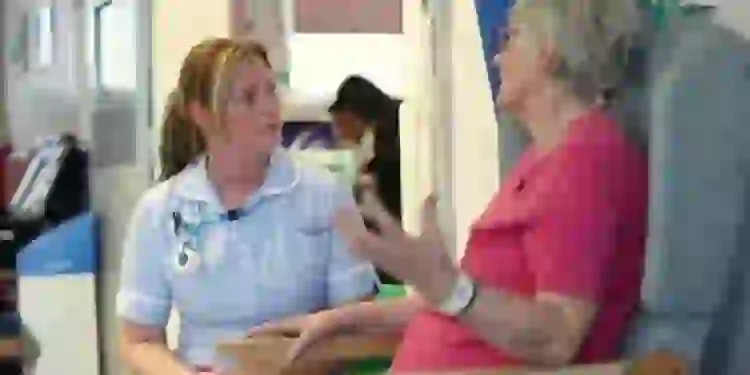
Fallsafe - Put the patient first. Preventing falls in Hospital.
Relevance: 97%
-
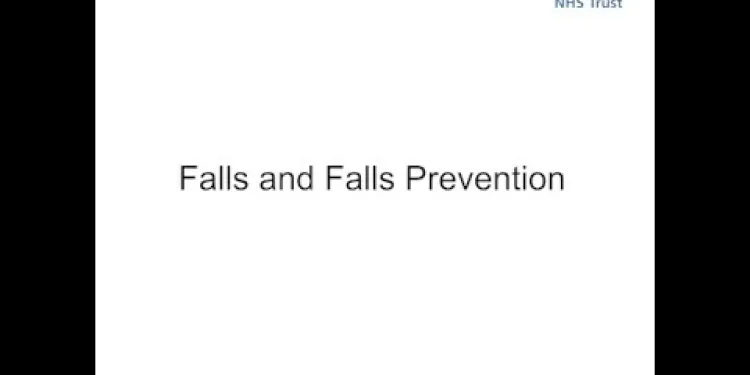
Falls and Falls Prevention
Relevance: 89%
-

Falls Prevention Podcast
Relevance: 76%
-

Falls Prevention - strength and balance exercises
Relevance: 65%
-

Dorothy's Story (Falls/Chest Infection)
Relevance: 55%
-
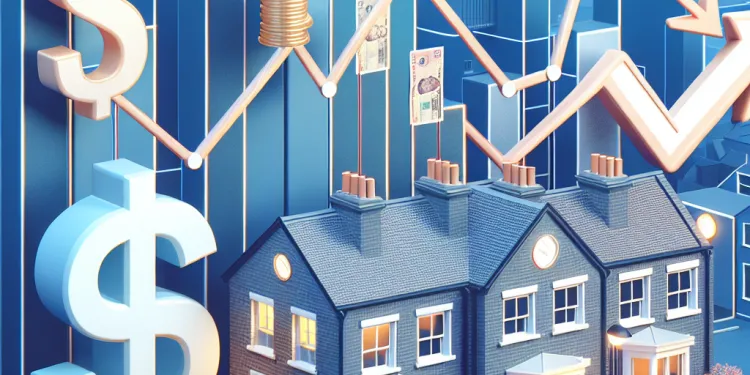
UK House Prices Fall for Third Consecutive Month
Relevance: 42%
-

Eye Injections at Royal Bournemouth Hospital
Relevance: 40%
-

Delirium: A Patient Story at Leicester's Hospitals
Relevance: 40%
-
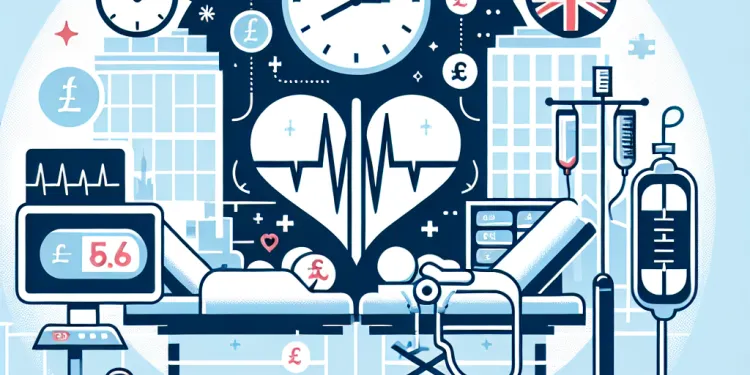
How long will I stay in hospital after a C-section?
Relevance: 38%
-
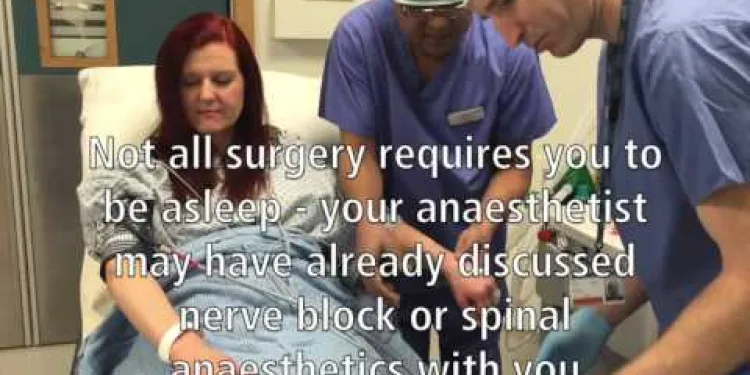
Your Operation at East Surrey Hospital
Relevance: 37%
-

Having a CT scan in Hospital - What's it like having a CT scan at Bedford Hospital?
Relevance: 37%
-

Eye Injections at Royal Bournemouth Hospital
Relevance: 36%
-
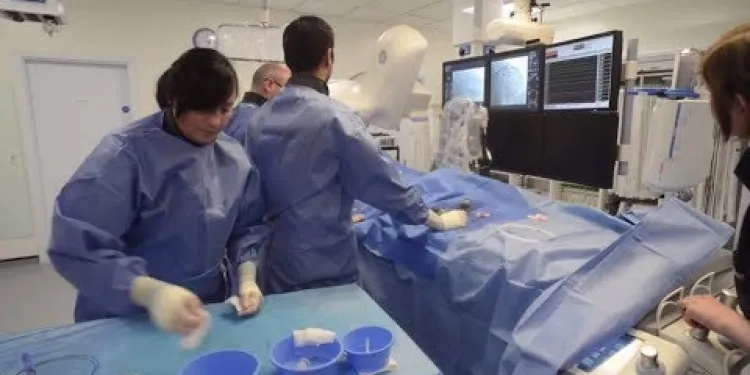
Heart attack care - Raigmore Hospital Inverness, NHS Highland
Relevance: 36%
-
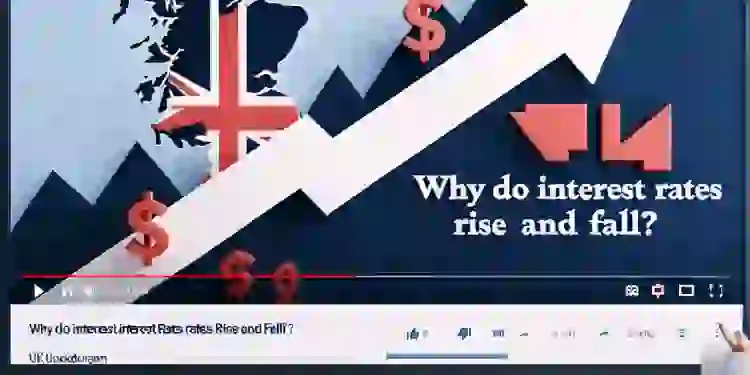
Why do interest rates rise and fall?
Relevance: 36%
-

Having an operation in Oxford Children's Hospital with YiPpEe
Relevance: 36%
-
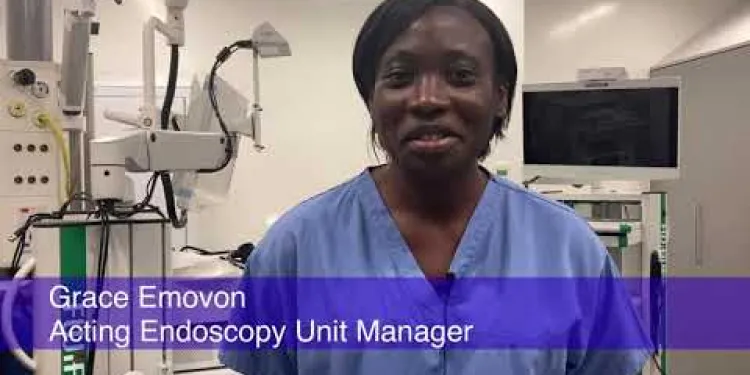
Coming to the Endoscopy Unit at Harrogate District Hospital
Relevance: 34%
-
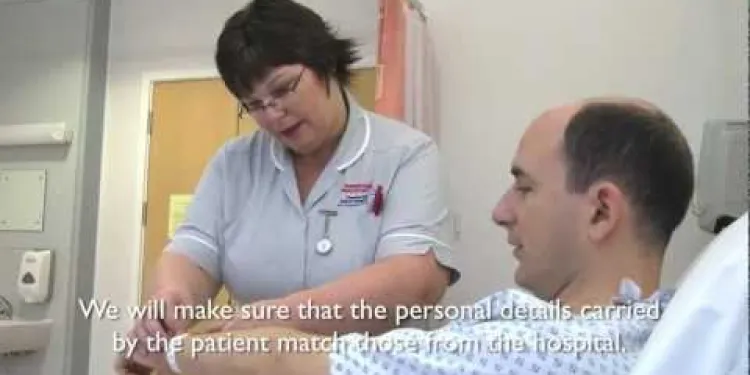
MRSA Screening at Chesterfield Royal Hospital NHS Foundation Trust
Relevance: 34%
-
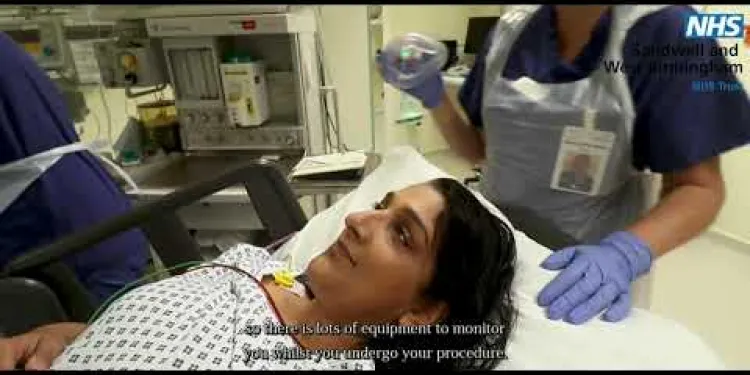
What to expect when visiting our hospitals for surgery | Theatres
Relevance: 33%
-
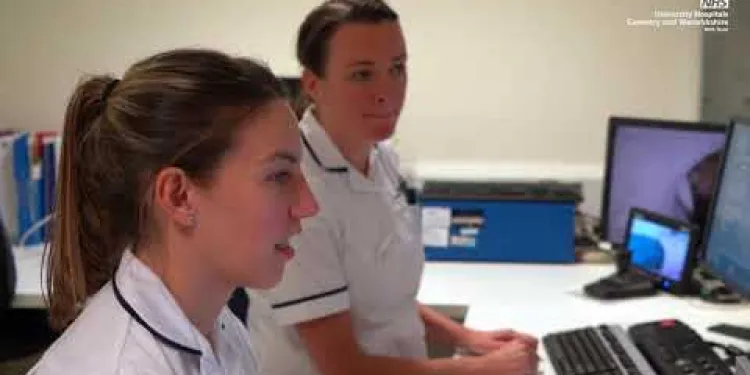
Radiotherapy Services at University Hospital
Relevance: 33%
-
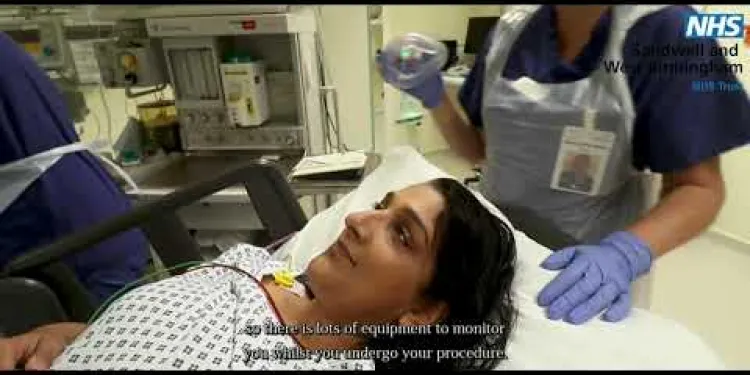
What to expect when visiting our hospitals for surgery | Theatres
Relevance: 33%
-
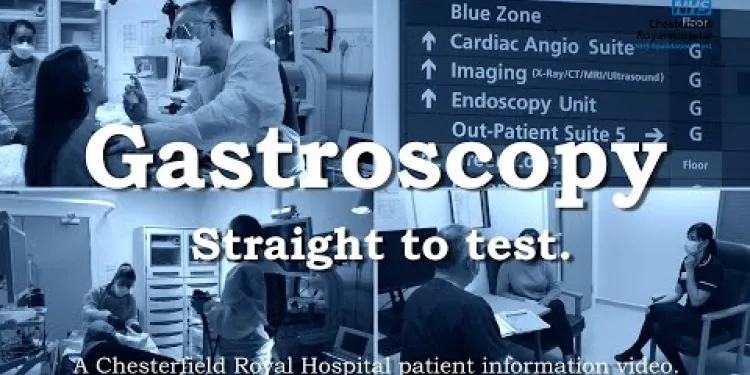
Gastroscopy - What to Expect on Referral to Chesterfield Royal Hospital
Relevance: 32%
-
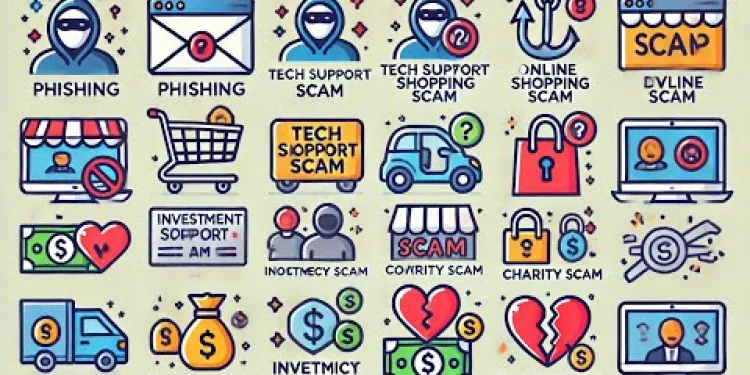
Don't Fall for These 7 Cybersecurity Scams!
Relevance: 32%
-

Having an epidural in labour at St Michael's Hospital
Relevance: 32%
-
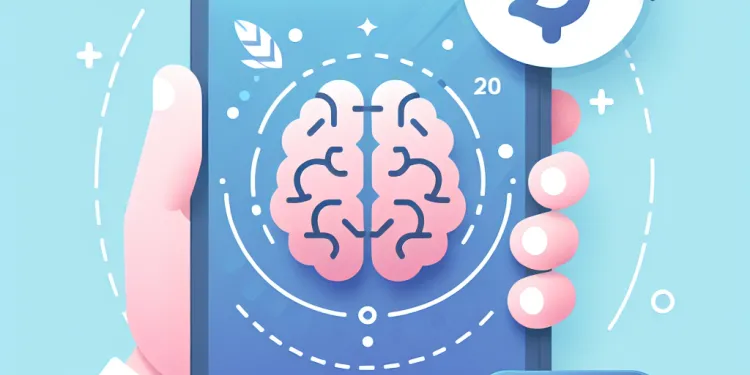
Is there any way to prevent concussions?
Relevance: 32%
-

How can concussions be prevented?
Relevance: 32%
-
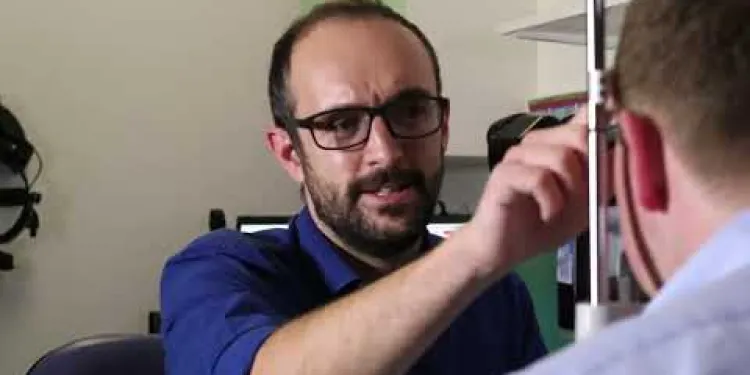
Glaucoma: about the Ophthalmology Team at University Hospitals Birmingham NHS Foundation Trust
Relevance: 32%
-
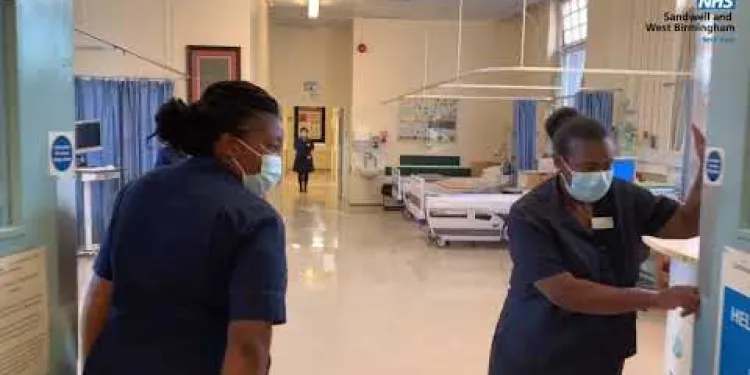
Tour of the Sickle Cell and Thalassaemia Unit at City Hospital | SCaT
Relevance: 31%
-
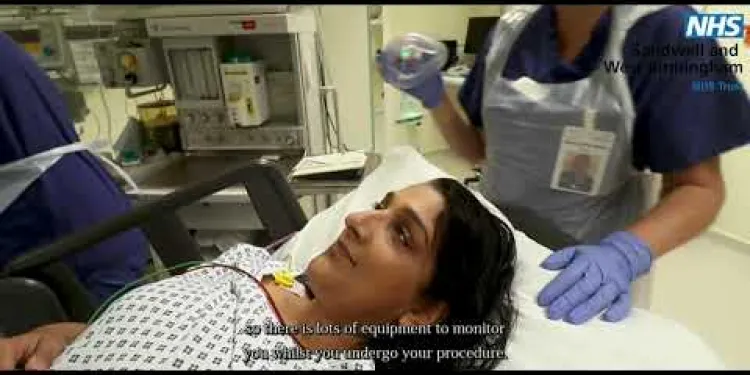
What to expect when visiting our hospitals for surgery | Theatres
Relevance: 31%
-
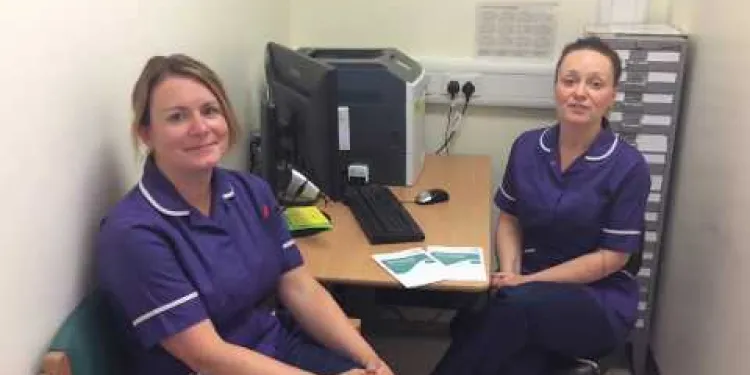
Having a colposcopy at Leeds Teaching Hospitals
Relevance: 31%
-

Undergoing day case surgery at University Hospitals Bristol
Relevance: 31%
-
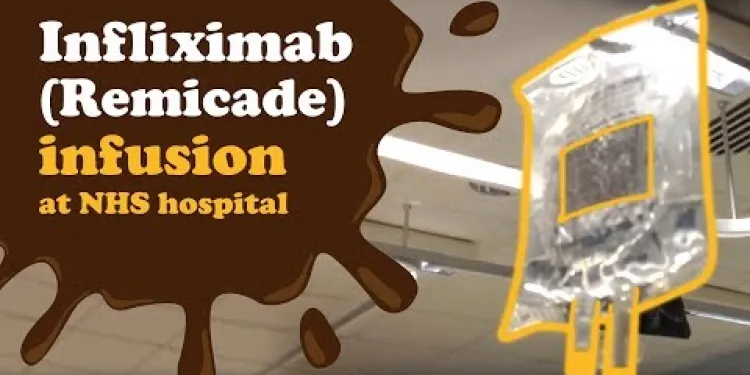
Infliximab infusion (Remicade) for Crohns Disease at Addenbrookes NHS hospital
Relevance: 31%
-
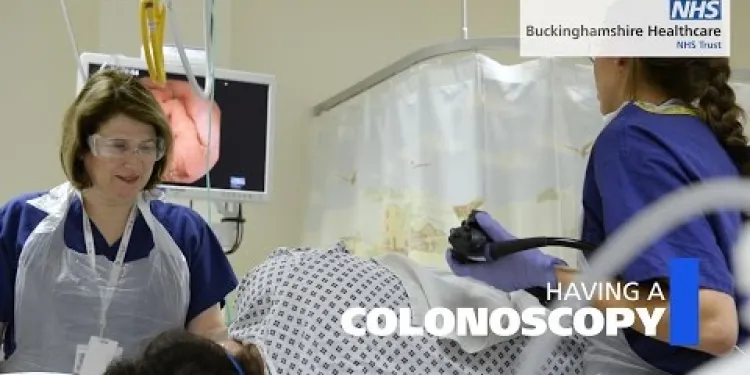
Having a colonoscopy in hospital - Patient Guide
Relevance: 31%
-

Your PET/CT scan at University College Hospital
Relevance: 30%
-
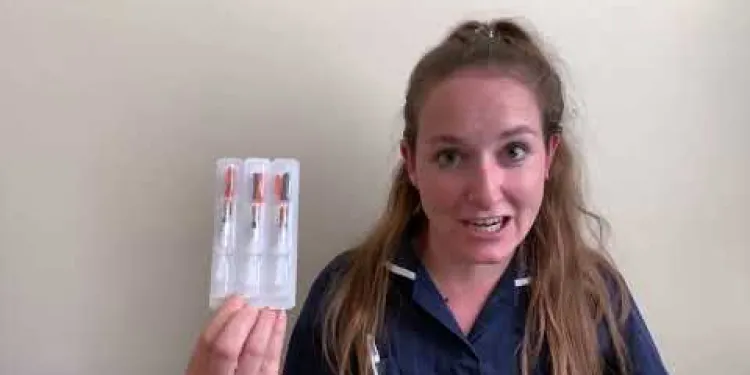
Bariatric Surgery - What to expect when you come to hospital for your operation.
Relevance: 30%
-
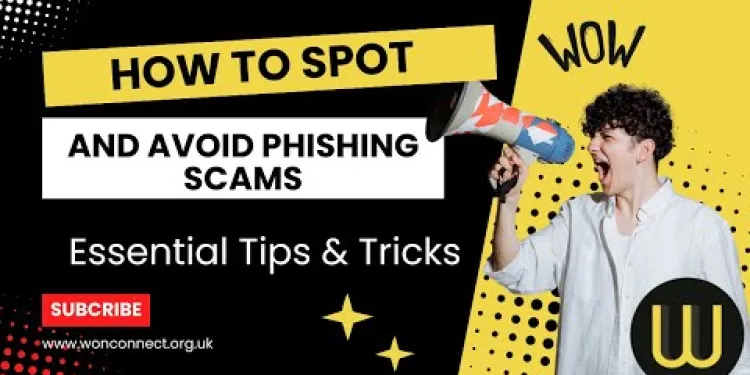
Phishing Scams EXPOSED Don't Fall Victim to These Tricks!
Relevance: 30%
-
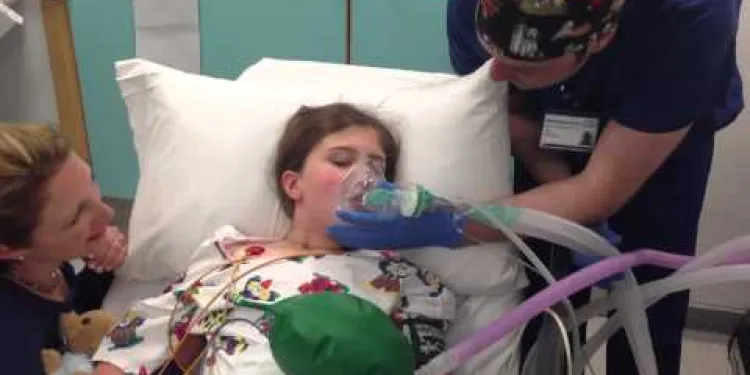
My General Anaesthetic: What's Going To Happen? Sarah's Story at Worcestershire Royal Hospital.
Relevance: 30%
-
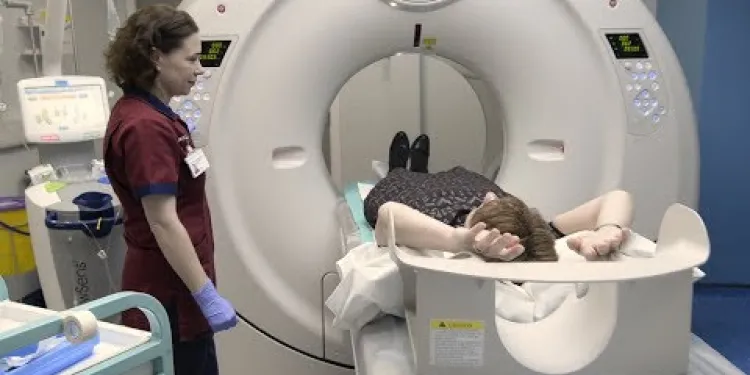
Having a CT Scan at Stoke Mandeville Hospital - Buckinghamshire Healthcare NHS Trust
Relevance: 29%
-
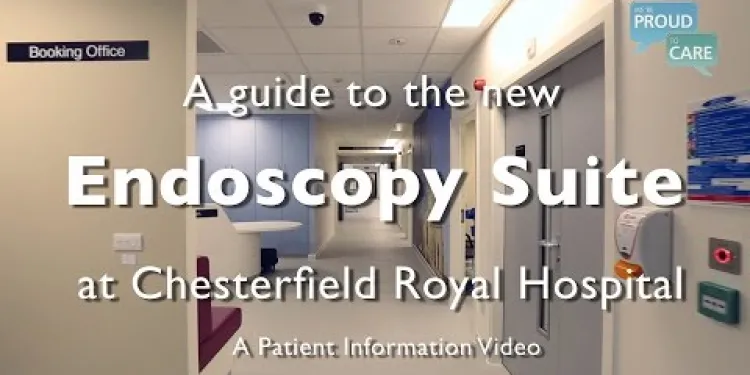
A guide to the new Endoscopy Suite at Chesterfield Royal Hospital NHS Foundation Trust
Relevance: 29%
-

Can Marburg virus disease be prevented?
Relevance: 27%
Fallsafe - Put the Patient First: Preventing Falls in Hospital
Introduction
Falls in hospitals pose a significant risk to patient safety and can lead to severe injuries, prolonged hospital stays, and increased healthcare costs. In the United Kingdom, healthcare professionals are dedicated to implementing effective strategies to prevent falls and enhance the well-being of patients under their care.
Importance of Fall Prevention
Preventing falls in a hospital setting is crucial for several reasons. It reduces the instance of injuries such as fractures and head trauma, which can lead to further health complications. By putting the patient first, hospitals can improve recovery times, enhance patient satisfaction, and reduce the overall burden on healthcare resources.
Risk Assessment and Identification
To effectively prevent falls, it is essential to conduct thorough risk assessments upon patient admission and regularly throughout their stay. Identifying patients who are at a higher risk due to factors such as age, medication, mobility issues, and previous fall history allows healthcare providers to tailor interventions accordingly.
Implementing Preventative Measures
There are various preventative measures that can be implemented to reduce the risk of falls. These include ensuring safe and clutter-free environments, providing patients with appropriate footwear, installing grab rails and bed rails, and ensuring adequate lighting. Engaging patients and their families in fall prevention education is also a key component.
Training and Education
Healthcare staff must be adequately trained to identify fall risks and implement preventative measures effectively. Continuous education on the latest fall prevention strategies and protocols is essential. When staff are well-trained and informed, they can act swiftly and confidently to mitigate fall risks.
Monitoring and Evaluation
Constant monitoring and evaluation of fall prevention measures are necessary to ensure their effectiveness. This includes regular audits, incident investigations when falls occur, and feedback from patients and staff. By continually assessing and adjusting protocols, hospitals can create a safer environment for their patients.
Conclusion
Putting the patient first means prioritising their safety and well-being. By implementing comprehensive fall prevention strategies, conducting regular risk assessments, and ensuring continuous staff education, hospitals in the United Kingdom can significantly reduce the incidence of falls and improve patient outcomes.
Fallsafe - Put the Patient First: Preventing Falls in Hospital
Introduction
Sometimes people fall over in hospitals. This can be very dangerous. It can hurt them and make them stay longer in the hospital. Doctors and nurses in the UK want to stop falls and keep patients safe. They have good plans to do this.
Why Stopping Falls is Important
Stopping falls is very important because it stops injuries like broken bones and head bumps. If patients don't fall, they get better faster. They feel happier, and it helps save hospital resources.
Checking for Risks
To stop falls, doctors and nurses check each patient when they first come in. They look for who might fall more easily. This could be older people or people on certain medicines. Knowing who might fall helps everyone stay safe.
How to Stop Falls
There are many ways to stop falls. Keep rooms tidy and safe. Give patients good shoes. Put up rails they can hold onto. Make sure rooms are bright enough. Teach patients and their families how to be safe.
Training and Learning
Doctors and nurses must learn how to spot fall risks and stop them. They need to learn new ways to prevent falls all the time. When they know what to do, they can help fast.
Watching and Checking
Hospitals must keep watching how they stop falls. This includes checking what works and what doesn’t, and listening to patients and staff. By doing this, hospitals keep getting safer.
Conclusion
Putting patients first means keeping them safe. By making good plans to stop falls and teaching doctors and nurses, hospitals can make sure fewer people fall and get hurt.
Frequently Asked Questions
What is the primary focus of Fallsafe?
Fallsafe prioritizes putting the patient first in efforts to prevent falls within hospitals in the United Kingdom.
Why is preventing falls in hospitals important?
Preventing falls is crucial to avoid potential injuries, extended hospital stays, increased healthcare costs, and decreased quality of life for patients.
What strategies does Fallsafe recommend for fall prevention?
Fallsafe recommends strategies like risk assessments, creating individualized care plans, ensuring proper footwear, maintaining a safe environment, and staff education on fall prevention.
How can healthcare staff identify patients at risk of falling?
Staff can identify at-risk patients through comprehensive risk assessments, considering factors such as patient history, mobility, medication side effects, and any previous falls.
What role does staff training play in preventing falls?
Staff training is essential to ensure all healthcare workers understand the importance of fall prevention and are equipped with the knowledge to implement proactive measures effectively.
Are there specific tools or equipment that help prevent falls?
Yes, tools such as non-slip mats, bed alarms, mobility aids, and handrails can significantly reduce the risk of falls in hospital settings.
How often should fall risk assessments be conducted?
Fall risk assessments should be conducted upon patient admission, after any significant change in condition, and regularly during their hospital stay as part of routine care.
What should patients do to help prevent falls during their hospital stay?
Patients should follow staff instructions, use provided mobility aids, wear proper footwear, keep their bed area clutter-free, and ask for assistance when needed.
How does Fallsafe incorporate patient feedback into fall prevention measures?
Fallsafe values patient feedback to adapt and improve fall prevention strategies, ensuring they are patient-centered and effective.
Are family members included in the fall prevention process?
Yes, family members are encouraged to participate in the fall prevention process by understanding the patient's care plan and identifying potential hazards.
What environmental changes can be made to minimize fall risks?
Simple environmental changes, such as proper lighting, removing clutter, using non-slip flooring, and ensuring easy access to call bells, can help minimize fall risks.
How does medication management contribute to fall prevention?
Proper medication management, including reviewing medications for side effects that may cause dizziness or drowsiness, is crucial in reducing fall risks.
What is the protocol if a patient does fall in the hospital?
If a patient falls, the protocol includes immediate medical assessment, updating the care plan, fall risk reassessment, and implementing measures to prevent future falls.
Do falls in hospitals typically lead to long-term impacts on patients' health?
Yes, falls in hospitals can lead to various long-term impacts, including physical injuries, reduced mobility, psychological effects such as fear of falling again, and longer hospital stays.
How does Fallsafe ensure continuous improvement in fall prevention?
Fallsafe ensures continuous improvement through ongoing staff training, regular evaluation of fall prevention strategies, incorporating feedback from patients and families, and staying updated with best practices.
What is the main goal of Fallsafe?
Fallsafe cares a lot about stopping falls in hospitals in the UK. They always put the patient first.
Why is it important to stop falls in hospitals?
Stopping falls in hospitals is very important. Falls can hurt people. When someone falls, they might get cuts or break a bone. Hospitals want to keep everyone safe and healthy.
Here are some simple ways to stay safe from falling:
- Use handrails in hallways and bathrooms.
- Wear non-slip shoes or socks.
- Ask for help if you feel unsteady.
Tools and tips:
- Walkers or canes can help you keep balance.
- Make sure the floor is clean and dry.
- Always turn on a light if it's dark.
Stopping falls is very important. We need to stop falls because they can lead to getting hurt, staying in the hospital longer, paying more for healthcare, and living a less happy life.
How does Fallsafe say we can stop falls?
Fallsafe has ideas to help people not fall down.
They suggest using tools or tips to stay safe:
- Use handrails when walking up stairs.
- Wear shoes that fit well and have good grip.
- Keep floors clear of things you could trip over.
- Exercise to make your legs strong and keep balanced.
- Use a cane or walker if you need help walking.
These tips can help keep you safe from falls.
Fallsafe has some ideas to help stop falls. They say to:
- Check how likely someone is to fall.
- Make care plans just for each person.
- Wear safe and good shoes.
- Keep places tidy and safe.
- Teach workers how to stop falls.
How can healthcare workers know which patients might fall down?
Here’s how healthcare workers can tell if a patient might fall:
- Check if the patient has fallen before.
- See if the patient has trouble walking or balancing.
- Look if the patient takes many medicines.
- Find out if the patient has weak muscles.
- Notice if the patient is confused or forgetful.
- Use charts or checklists to help decide.
Workers can also:
- Ask other staff for help.
- Talk to the patient about how they feel.
Staff can find out which patients might get hurt easily. They do this by looking at lots of things, like the patient's past health problems, how well they can move, the medicines they take, and if they have fallen before.
How can training help staff stop falls?
Training helps healthcare workers learn to stop falls. It is important because it shows them how to keep people safe. Training helps them know what to do.
What tools can stop falls?
Falls can be stopped with some special tools. Here is a simple list to help:
- Grab bars: These are strong bars you can hold onto in the bathroom or stairs.
- Non-slip mats: These mats stop you from slipping, especially in the bathroom.
- Good lighting: Make sure rooms and stairs are bright so you can see better.
- Walking aids: Things like canes or walkers help you move without falling.
- Handrails: These give you something to hold on to on stairs.
Make sure that these tools are used in your home to help keep you safe.
Yes, things like non-slip mats, alarms for beds, walking aids, and handrails can help stop people from falling in hospitals.
How often should we check for falling risks?
It's important to check if someone might fall. Do this when they come to the hospital for the first time, if they start feeling very different, and often while they are staying there.
How can patients stop falls in the hospital?
Stay safe and prevent falls with these tips:
- Ask for help if you need to get out of bed.
- Wear non-slip socks or shoes.
- Keep your room tidy and free of clutter.
- Use handrails when moving around.
- Keep a light on at night so you can see.
If you are unsure or need support, ask a nurse or doctor.
Listen to what the staff says. Use the walking aids they give you. Wear safe shoes. Keep the area around your bed tidy. Ask for help if you need it.
How Does Fallsafe Use Patient Feedback to Stop Falls?
Fallsafe is a program to help stop people from falling. It listens to what patients say to make things better. Here is a simple way to understand how Fallsafe uses feedback: 1. **Listen to Patients:** Fallsafe talks with patients to hear their ideas and concerns. 2. **Make Changes:** They use what patients say to make fall prevention safer. 3. **Ask Again:** Fallsafe checks back with patients to see if things have improved. If you find reading hard, you can: - Ask someone to explain the steps to you. - Look at pictures or videos about Fallsafe. - Use a tool to read aloud the words. These tips can help you understand how Fallsafe works to stop falls.Fallsafe listens to patients to make fall prevention better. This helps keep everyone safe and focused on what people need.
Do family members help stop falls?
Family members can help prevent falls. Here are some tips: - Talk with a doctor about falls. - Look for ways to make the home safer. - Use special tools to help, like grab bars. - Help remember to join exercises to stay strong. Family can help keep everyone safe.Yes, family members should help keep their loved ones safe from falling. They can do this by learning about the care plan and spotting things at home that might cause falls.
How can we make the place safer to stop people from falling?
We can make places safer so people don’t fall. We can do this by: having good lights, cleaning up messy stuff, using floors that don’t slip, and putting call bells where they are easy to reach.
How can medicine help stop falls?
Medicine can help keep people safe from falling. Here’s how:
- Doctors check your medicine to make sure it's safe and right for you.
- Taking the right amount of medicine at the right time can make you feel better.
- Some medicines might make you dizzy or sleepy. If they do, your doctor can change them.
- Doctors can give tips on how to remember to take your medicine.
It's important to talk to your doctor about the medicine you take. They can help you understand what each medicine does and tell you if it can make you fall. Always ask questions if you're unsure.
Tools like pill boxes or alarms can remind you to take your medicine every day.
It's important to take your medicine the right way. Some medicines can make you feel dizzy or sleepy. This can make you more likely to fall.
What do we do if a patient falls in the hospital?
If someone falls in the hospital, we help them. Here is what we do:
- We make sure they are not hurt.
- We call for a doctor or nurse to check them.
- We help them get up safely.
- We talk to them and make sure they feel okay.
Tools that can help include:
- Asking someone to explain things slowly.
- Using pictures to show what happened.
- Taking time to understand each step.
If someone falls, we follow these steps:
- A doctor checks to make sure they are okay.
- We update their care plan to include this fall.
- We look at how likely they are to fall again.
- We put new safety measures in place to stop falls from happening again.
Do falls in hospitals usually cause long-term health problems for patients?
Sometimes people can trip or slip in a hospital. When this happens, it can cause problems.
Here are some things to think about:
- Can the fall cause pain or make it hard to move?
- Will it take a long time to feel better?
- Could it lead to other health issues?
If a fall happens, nurses and doctors are there to help. Using things like a walking stick or talking to a therapist can be helpful too.
Yes, when someone falls in the hospital, it can cause problems that last a long time. These problems can be injuries to the body, having a harder time moving, feeling scared of falling again, and staying in the hospital longer.
How does Fallsafe keep making falling prevention better?
Fallsafe keeps getting better by doing a few things. They train their staff all the time, check how well they stop falls, listen to what patients and families say, and learn the best ways to work.
Useful Links
- Ergsy carfully checks the information in the videos we provide here.
- Videos shown by Youtube after a video has completed, have NOT been reviewed by ERGSY.
- To view, click the arrow in centre of video.
- Most of the videos you find here will have subtitles and/or closed captions available.
- You may need to turn these on, and choose your preferred language.
- Go to the video you'd like to watch.
- If closed captions (CC) are available, settings will be visible on the bottom right of the video player.
- To turn on Captions, click settings .
- To turn off Captions, click settings again.
More Items From Ergsy search
-

Falls Prevention video for patients attending hospital
Relevance: 100%
-

Fallsafe - Put the patient first. Preventing falls in Hospital.
Relevance: 97%
-

Falls and Falls Prevention
Relevance: 89%
-

Falls Prevention Podcast
Relevance: 76%
-

Falls Prevention - strength and balance exercises
Relevance: 65%
-

Dorothy's Story (Falls/Chest Infection)
Relevance: 55%
-

UK House Prices Fall for Third Consecutive Month
Relevance: 42%
-

Eye Injections at Royal Bournemouth Hospital
Relevance: 40%
-

Delirium: A Patient Story at Leicester's Hospitals
Relevance: 40%
-

How long will I stay in hospital after a C-section?
Relevance: 38%
-

Your Operation at East Surrey Hospital
Relevance: 37%
-

Having a CT scan in Hospital - What's it like having a CT scan at Bedford Hospital?
Relevance: 37%
-

Eye Injections at Royal Bournemouth Hospital
Relevance: 36%
-

Heart attack care - Raigmore Hospital Inverness, NHS Highland
Relevance: 36%
-

Why do interest rates rise and fall?
Relevance: 36%
-

Having an operation in Oxford Children's Hospital with YiPpEe
Relevance: 36%
-

Coming to the Endoscopy Unit at Harrogate District Hospital
Relevance: 34%
-

MRSA Screening at Chesterfield Royal Hospital NHS Foundation Trust
Relevance: 34%
-

What to expect when visiting our hospitals for surgery | Theatres
Relevance: 33%
-

Radiotherapy Services at University Hospital
Relevance: 33%
-

What to expect when visiting our hospitals for surgery | Theatres
Relevance: 33%
-

Gastroscopy - What to Expect on Referral to Chesterfield Royal Hospital
Relevance: 32%
-

Don't Fall for These 7 Cybersecurity Scams!
Relevance: 32%
-

Having an epidural in labour at St Michael's Hospital
Relevance: 32%
-

Is there any way to prevent concussions?
Relevance: 32%
-

How can concussions be prevented?
Relevance: 32%
-

Glaucoma: about the Ophthalmology Team at University Hospitals Birmingham NHS Foundation Trust
Relevance: 32%
-

Tour of the Sickle Cell and Thalassaemia Unit at City Hospital | SCaT
Relevance: 31%
-

What to expect when visiting our hospitals for surgery | Theatres
Relevance: 31%
-

Having a colposcopy at Leeds Teaching Hospitals
Relevance: 31%
-

Undergoing day case surgery at University Hospitals Bristol
Relevance: 31%
-

Infliximab infusion (Remicade) for Crohns Disease at Addenbrookes NHS hospital
Relevance: 31%
-

Having a colonoscopy in hospital - Patient Guide
Relevance: 31%
-

Your PET/CT scan at University College Hospital
Relevance: 30%
-

Bariatric Surgery - What to expect when you come to hospital for your operation.
Relevance: 30%
-

Phishing Scams EXPOSED Don't Fall Victim to These Tricks!
Relevance: 30%
-

My General Anaesthetic: What's Going To Happen? Sarah's Story at Worcestershire Royal Hospital.
Relevance: 30%
-

Having a CT Scan at Stoke Mandeville Hospital - Buckinghamshire Healthcare NHS Trust
Relevance: 29%
-

A guide to the new Endoscopy Suite at Chesterfield Royal Hospital NHS Foundation Trust
Relevance: 29%
-

Can Marburg virus disease be prevented?
Relevance: 27%


